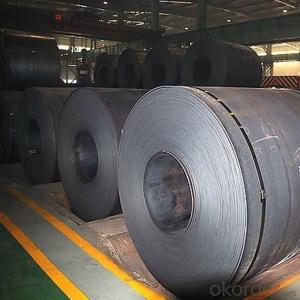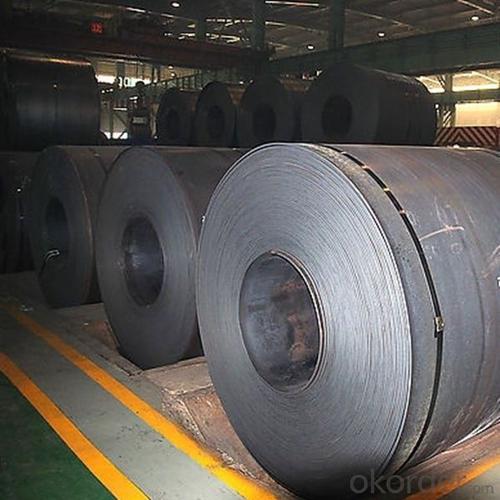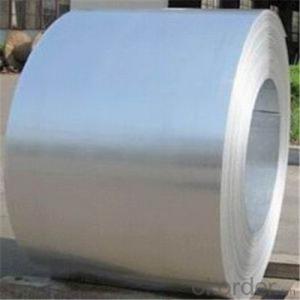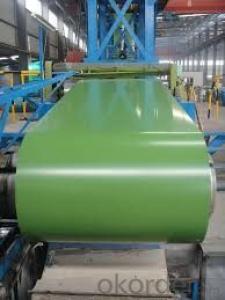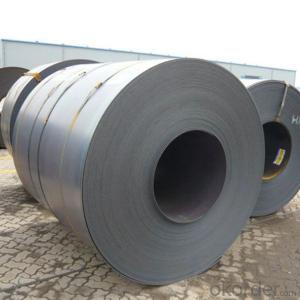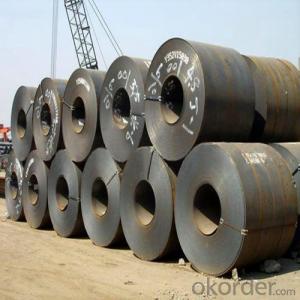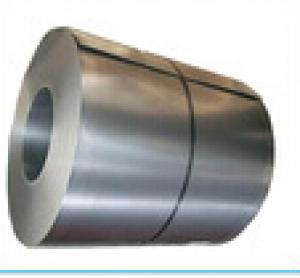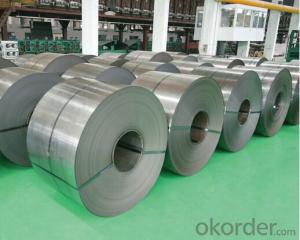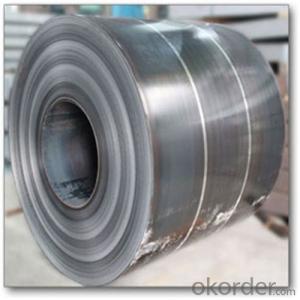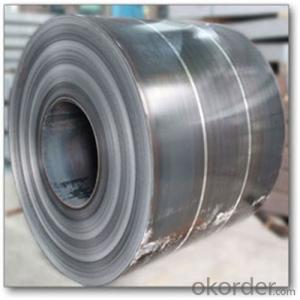Hot Rolled Steel Sheets From China With High Quality
- Loading Port:
- Shanghai
- Payment Terms:
- TT OR LC
- Min Order Qty:
- 25 m.t.
- Supply Capability:
- 20000 m.t./month
OKorder Service Pledge
OKorder Financial Service
You Might Also Like
Specification
DESCRIPTION FOR SS400 CARBON STEEL SHEET
1.Thickness: 1-200mm
2.Width: 100-3000mm
3.Length: 1000-12000mm
4. Applications :mining machinery, environmental protection, engineering
5. Grade:SS400 A 36 Q195.Q235.Q345.SPCC.SPCH
6.Surface : Hot Rolled Cold Rolled Galvanized Steel
DESCRIPTION FOR CARBON STEEL PLATE
Product | carbon steel plate price per ton |
Place of origin | Tianjin,China mainland |
MOQ | 25 tons |
Thickness | 1mm-200mm |
Width | 1000mm-3000mm |
Length | 1000mm-2000mm |
Application | widely |
Standard | AISI,ASTM,BS,DIN,JIS,GB,etc |
Grade | A572,A573,A633,A678,A709,A710,G3101,G3136,etc |
Tpye | Steel plate |
Surfacing | Coated |
Productive Technology | Hot Rolled & Cold Rolled |
Price | FOB USD 500-900 per ton |
Port | TIANJIN,SHANGHAI |
Payment Terms | L/C,T/T,Western Union,MoneyGram |
Product Ability | 1000 tons per month |
Delivery | 10 days after deposit or according to customers' quantity |
Packing | standard seaworthy export packing or as the request of customers |
PACKING:
1.Big thickness:by bulk vessel
2.Small thickness:packed by steel strips and shipped by container
3.According to the requirements of customers'
TRADE TERMS :FOB, CFR, CIF
DETAILED PICTURES FOR STEEL COILS
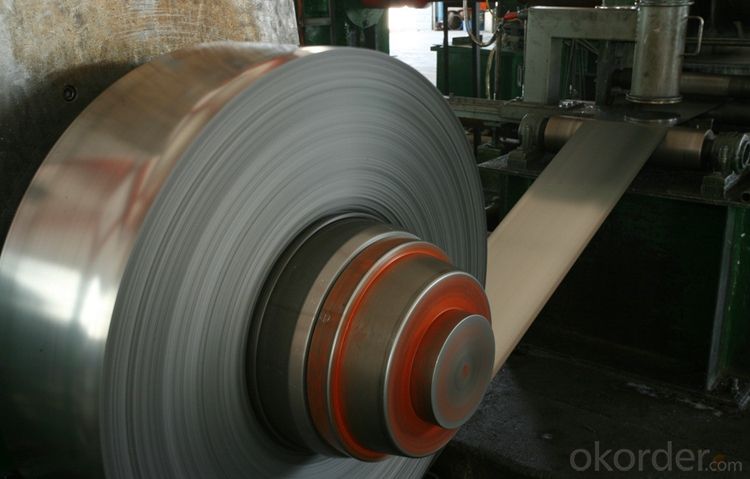
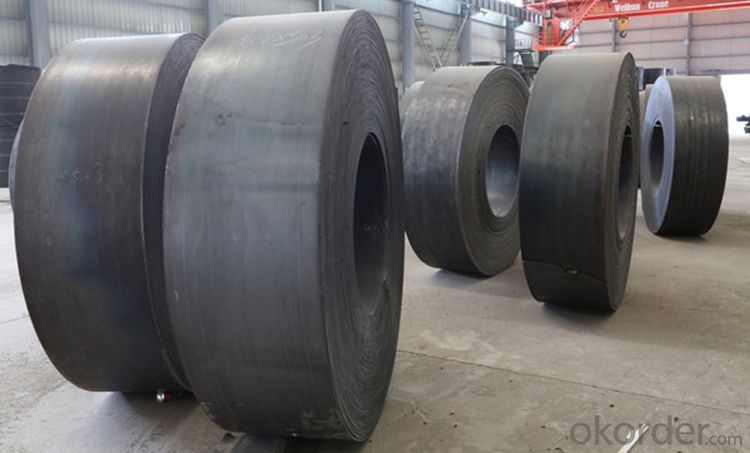
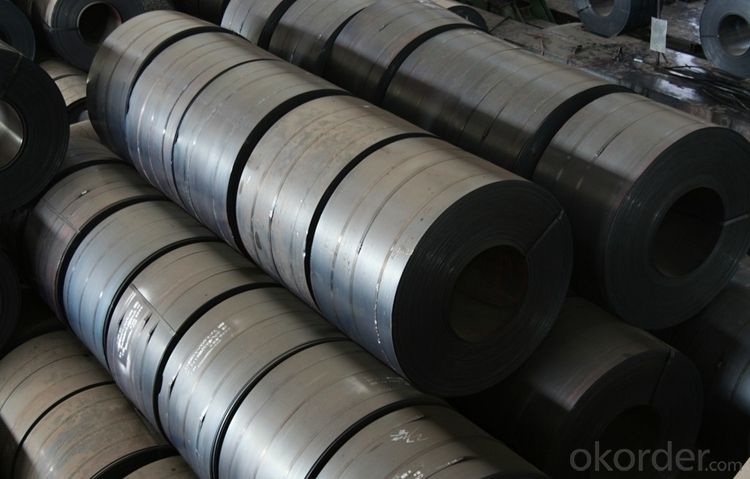
EXPORT MARKET FOR STEEL COILS/SHEETS
Our target market is the international market. Every year we export most of products to countries like India, Pakistan, South Korea, Brazil, Australia, South Africa, Spain, Sri Lanka, Taiwan, Hong Kong, etc.
OUR SERVICE
1.High quanlity and reasonable price.
2.Customized on-demand.
3.Reasonable shipping and fast delivery.
4.Free sample.
FAQ:
Q:You are Factory or Trading Company?
A:We are factory,our main products include Steel plate,Steel Bar,Steel coils.
Q:What’s the MOQ?
A:Generally,the trail order will be accepted.The MOQ can be confirmed according to the different products.For example,the MOQ of rebar will be 25-50MT,the galvanized steel pipe will be 10MT,the stainless steel pipe will 1-5MT.
- Q: How are steel coils processed for painting or coating?
- Steel coils are typically processed for painting or coating through a series of steps. First, the coils are cleaned to remove any dirt, oil, or rust. This is usually done through a chemical cleaning process or by using mechanical methods such as shot blasting. Next, the coils are pre-treated to enhance adhesion and corrosion resistance. This can involve applying a conversion coating or a primer. Finally, the coils are painted or coated using a variety of methods such as roll coating, spray coating, or electrostatic coating. The specific process depends on the desired finish and application requirements.
- Q: How are steel coils recycled?
- Steel coils are typically recycled by first being collected and transported to a recycling facility. At the facility, the coils are unpacked and sorted based on their type and quality. Any contaminants, such as oil or paint, are removed through a cleaning process. The coils are then shredded into smaller pieces and melted in a furnace. Once melted, impurities are skimmed off the top, and the molten steel is poured into molds to form new coils or other steel products. This process helps conserve resources and reduce the need for mining new materials.
- Q: What are the different types of steel coil treatments?
- There are several different types of steel coil treatments that are used to enhance the properties and performance of steel coils. These treatments include: 1. Annealing: Annealing is a heat treatment process that involves heating the steel coil to a specific temperature and then slowly cooling it. This treatment helps to relieve internal stresses, improve ductility, and increase the overall strength of the steel coil. 2. Pickling: Pickling is a chemical treatment that involves immersing the steel coil in a solution of acid or other chemicals to remove impurities, scale, and rust from the surface. This treatment helps to improve the surface finish and cleanliness of the steel coil. 3. Oil coating: Oil coating is a treatment that involves applying a thin layer of oil or other protective coating to the surface of the steel coil. This treatment helps to prevent corrosion, improve lubricity, and protect the steel coil during storage and transportation. 4. Galvanizing: Galvanizing is a process that involves coating the steel coil with a layer of zinc to protect it from corrosion. This treatment creates a barrier between the steel coil and the surrounding environment, ensuring long-term durability and resistance to rust. 5. Tempering: Tempering is a heat treatment process that involves heating the steel coil to a specific temperature and then rapidly cooling it. This treatment helps to improve the toughness and strength of the steel coil, making it more resistant to impact and deformation. These are just a few examples of the different types of steel coil treatments that are commonly used. Each treatment has its own specific purpose and benefits, and the choice of treatment will depend on the desired properties and application of the steel coil.
- Q: What is galvanized steel coil?
- Galvanized steel coil is a type of steel that has been coated with a layer of zinc to protect it from corrosion. The process of galvanization involves immersing the steel coil in a bath of molten zinc, which forms a protective layer on the surface of the steel. This layer not only prevents corrosion but also provides a barrier against scratches and other damage. Galvanized steel coil is commonly used in various industries, including construction, automotive, and manufacturing, due to its durability and resistance to rust. It is often used for making roofing materials, pipes, and automotive parts, among other applications. Overall, galvanized steel coil is a versatile and cost-effective solution for ensuring the longevity and integrity of steel products.
- Q: How are steel coils packaged for shipment?
- Steel coils are typically packaged for shipment by being tightly wrapped in protective materials such as plastic or steel strapping. They are then secured onto pallets or placed into steel crates, ensuring stability during transportation. The packaging helps to prevent damage, corrosion, and movement during handling and transit.
- Q: Steel coil from vertical to horizontal, what sling needs?
- Consider using the function with hydraulic prop hanging clamp from the coil center will hold tight after hanging up, then put in a L type hydraulic turnover device platform or unilateral double column loading platform, then L platform can realize 90 degrees down, vertical horizontal variable.
- Q: When I took guitar lessons, I found that the Nylon strings are easier for me, but I love the sound of steel strings. Now, I have my own acoustic guitar, and 2 strings broke off, so I'm getting strings today. I'm not sure if Nylon strings would 'fit' on my guitar, and it's to soft of a noise. But the steel are much better sounding, but it's a little bit harder to push the string down on the fret. Which do you prefer, why?(:
- Musical variety speaks volumes with regards to this trouble. Folks that need excessive volume will probably be unhappy with unamplified nylon string guitars. From my viewpoint, the basic change between steel and nylon is this: metal strings ring and nylon strings resonate. The volume produced via steel is usually a lot greater than nylon but, to my mind-set, the sound resonance produced with the aid of the wooden of your guitar is essentially masked by using steel strings. If you have a decently made guitar (often, around a thousand bucks and up), the sound interaction between the timber and the strings in a nylon guitar is magical throughout the complete frequency range. With a metal string guitar, the sound produced by using the vibrating string overpowers the timber resonance at all but low frequencies. Personally, i'll take a nylon string guitar any day for the sensitivity gained from the interplay between timber and vibrating string.
- Q: Steel resist tension. Then why we provide steel in compression zone ?
- There are several reasons to add compression steel. Keep in mind, supported steel (meaning it can't buckle) resists compression as well. Compression steel helps reduce long term deflections. Concrete creeps under sustained loads. Steel lessens the compression, meaning less sustained compressive stress to cause creep deflection. It makes members more ductile. Since the steel takes some of the compressive stress, the compression block depth is reduced, increasing the strain in the tension steel at failure, resulting in more ductile behavior (the moment at first yield remains largely the same with compression steel added, but the increase in capacity after yield is significant). Compression steel insures that the tension steel yields before the concrete crushes, meaning it helps change the failure mode to tension controlled. It makes beams easier to construct. With bars in the top and bottom, you have longitudinal reinforcement in all 4 corners of the shear stirrups to keep them in place when pouring the concrete. Also, for continuous members, its often easier to run your negative moment steel the full length of the beam rather than trying to cut it off in the positive moment regions. Serviceability concerns. You're going to end up putting steel in that region anyway to for temperature and shrinkage.
- Q: How do steel coils contribute to the manufacturing of electrical appliances?
- Steel coils are essential components in the manufacturing of electrical appliances as they are used to create the core of transformers and electromagnets. These coils, made from steel, provide the necessary magnetic field required for the functioning of electrical appliances such as refrigerators, televisions, and washing machines.
- Q: What are the environmental impacts of steel coil production?
- The environmental impacts of steel coil production include the extraction of raw materials, such as iron ore and coal, which can lead to deforestation, habitat destruction, and soil erosion. The steel manufacturing process also releases significant amounts of greenhouse gases, such as carbon dioxide, contributing to climate change. Additionally, the production of steel coils requires large amounts of water and energy, leading to water scarcity and increased carbon emissions.
Send your message to us
Hot Rolled Steel Sheets From China With High Quality
- Loading Port:
- Shanghai
- Payment Terms:
- TT OR LC
- Min Order Qty:
- 25 m.t.
- Supply Capability:
- 20000 m.t./month
OKorder Service Pledge
OKorder Financial Service
Similar products
Hot products
Hot Searches
Related keywords
